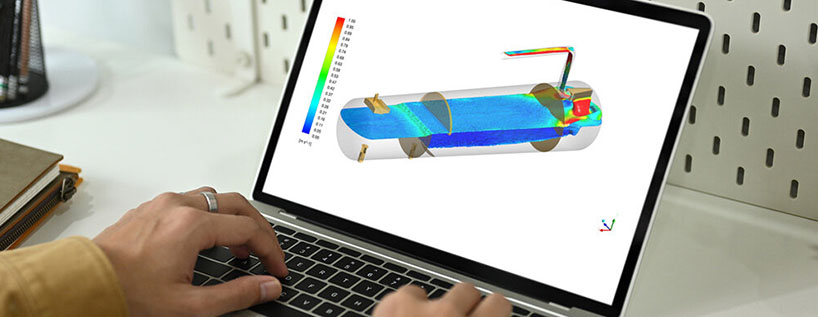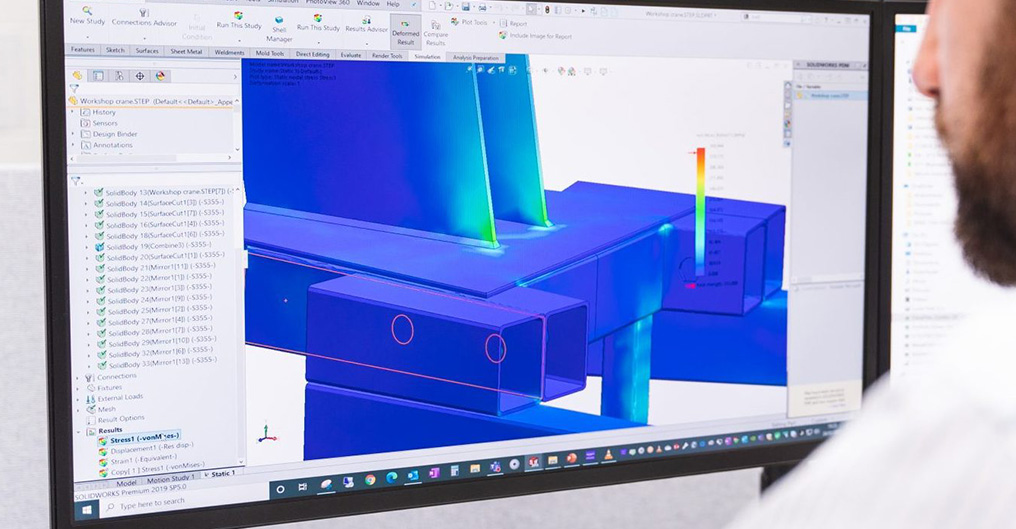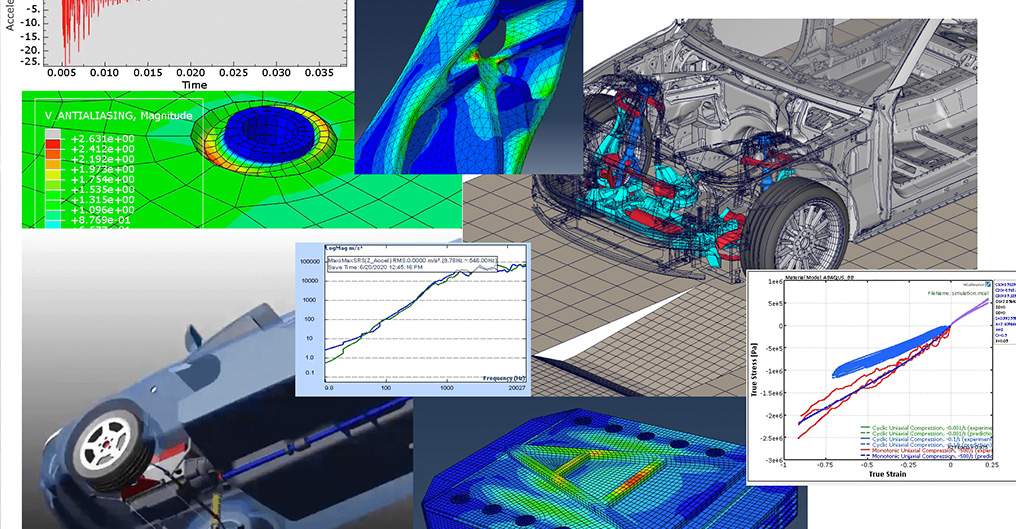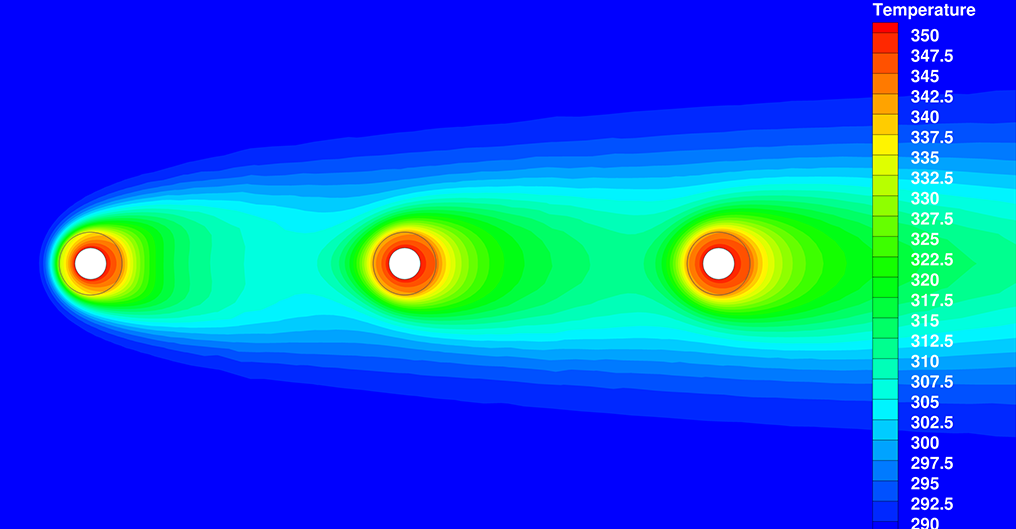- Call Us: 9900067486
- info@Sciefi.in
B-378/1, Ring Road, 1st Stage, Peenya,(near TVS cross), Bengaluru – 560058, India
Call Us: 9900067486
Monday to Friday Saturday and Sunday are not working days.
(09.30am - 05.00pm)


Computational Fluid Dynamics (CFD) is a cutting-edge simulation tool used to analyze fluid flow, heat transfer, and related phenomena through numerical methods. It plays a critical role in industries such as automotive, aerospace, manufacturing, and energy, helping engineers optimize designs and improve performance. With OpenFOAM, one of the most powerful open-source CFD software suites, professionals can simulate and solve complex fluid dynamics problems efficiently.
This 25-day intensive CFD certification course is designed to equip students and professionals with the knowledge and practical skills needed to become proficient in Computational Fluid Dynamics (CFD) course using Open FOAM. You will gain hands-on experience in various CFD concepts, including fluid flow, heat transfer, and turbulence, while solving real-world problems.

25 Days
Upon successful completion of the course, participants will receive a computational fluid dynamics certification.
Offline, classroom-based training
Basic engineering background, preferably in mechanical, aerospace, or industrial engineering
Understanding the CFD fundamentals such as fluid dynamics, boundary conditions, governing equations, and solver techniques.
Learn the interface, commands, and workflow for conducting simulations using the powerful OpenFOAM platform.
Build your own structured and unstructured meshes to prepare your models for simulation.
Run the models to simulate different systems and processes.

Learn to simulate incompressible fluid flows in single-phase systems using OpenFOAM.

Develop expertise in analysing flow patterns across various regimes using appropriate turbulence models.

Learn to simulate systems involving more than one phase, such as liquid-gas mixtures or immiscible fluids.

Explore the interaction of heat transfer between solids and fluids in complex engineering systems.
Throughout the course, you'll be presented with multiple example problems to enhance your understanding.
Each participant will be tasked with solving problems independently, ensuring you can apply the skills in real-life scenarios.
Stage-wise Testing: To ensure you are progressing, tests will be conducted after each major module. These tests are designed to assess your understanding and provide feedback for improvement.
The curriculum is designed to meet the needs of industries that rely on CAE, ensuring you learn practical and up-to-date techniques.
Our instructors are industry veterans with extensive experience in using Hypermesh for real-world projects. They provide personalized guidance and mentorship throughout the course.
CFD validation involves comparing the simulation results to experimental data or analytical solutions to ensure accuracy. Validation is crucial for confirming that the model represents real-world behavior.
While learning CFD can be challenging due to the complex math and physics involved, many people find it easier once they understand the fundamental principles and numerical methods. There are numerous resources, including free courses and tutorials, that can help.
In some cases, CFD simulations can be performed in real-time, especially when using reduced-order models or simplifying assumptions. However, full-scale CFD simulations for complex problems often require significant computational time.
Upon completing the training and passing the final assessments, you will receive a certification that validates your proficiency in CAE and Hypermesh, boosting your employability and career prospects.